Tesla's $26 Trillion Dollar Opportunity
According to ARK Invest, Tesla's FSD software and the creation of robotaxis is part of a $26 trillion dollar opportunity. How much of this market will Tesla be able to capture and are they close to having autonomous vehicles? Let's find out!
Tesla just released FSD v10.12. This provides some important context on what Tesla is developing and how viable it is going to be for the future. Tesla is developing vision based software with cameras and software that predicts, plans, and perceives. This is an intelligent software.
There is upgraded decision making with better unprotected left turns and better modeling of objects' response to ego's actions by adding more features that shape the go/no-go decision. In simple turns, the Tesla vehicle is getting better at predicting behavior of other cars and what they are going to do. A Tesla will also accelerate much faster where needed, just like a human.
Tesla also stated that they are reducing instances of attempting uncomfortable turns. This is another decision based update making the car more human like. Tesla is also greatly boosting recall and geometric accuracy of crossing lanes. They added 180,000 video clips to the training video set to improve this.
Further FSD Updates
There are also a number of important notes beyond this in Tesla's latest FSD v10.12 update. Here they are:
- Improved the geometric accuracy of road edge and line predictions by adding a mixing/coupling layer with the generalized static obstacle network.
- Improved geometric accuracy and understanding of visibility by retraining the generalized static obstacle network with improved data form the autolabeler and by adding 30,000 more video clips.
- Improved recall of motorcycles, reduced velocity error of close-by pedestrians and bicyclists, and reduced heading error of pedestrians by adding new sim and autolabeled data to the training set.
- Improved precision of the "is parked" attribute on vehicles by adding 41,000 clips to the training set. Solved 48% of failure cases capture by our telemetry of 10.11.
- Improved detection recall of far-away crossing objects by regenerating the dataset with improved versions of the neural networks used in the autolabler which increased data quality.
- Improved offsetting behavior when maneuvering around cars with open doors.
- Improved comfort when lane changing behind vehicles with harsh deceleration by tighter integration between lead vehicles future motion estimate and planned lane change profile.
These and more are shown in the FSD Beta v10.12 patch notes and things are continuing to improve. I think we have a good shot at having autonomous software better than the average human driver by the end of the year. I'm looking forward to people's videos showing FSD v10.12.
ARK Invest analysts also think that with autonomous ride hailing, the cost will go from 70 cents a mile for owning a car to as low as 25 cents per mile - due to the utilization rate being much higher, north of 50%, compared to a 5% rate for owners of a car. The cars will also be a lot safe and convenient, according to ARK Invest analysts.
Will Tesla's FSD software get better than an average human by the end of 2022? How much of the $26 trillion dollar opportunity will Tesla capture?
Leave your comments below, share the article with friends and tweet it out to your followers.
Jeremy Johnson is a Tesla investor and supporter. He first invested in Tesla in 2017 after years of following Elon Musk and admiring his work ethic and intelligence. Since then, he's become a Tesla bull, covering anything about Tesla he can find, while also dabbling in other electric vehicle companies. Jeremy covers Tesla developments at Torque News. You can follow him on Twitter or LinkedIn to stay in touch and follow his Tesla news coverage on Torque News.


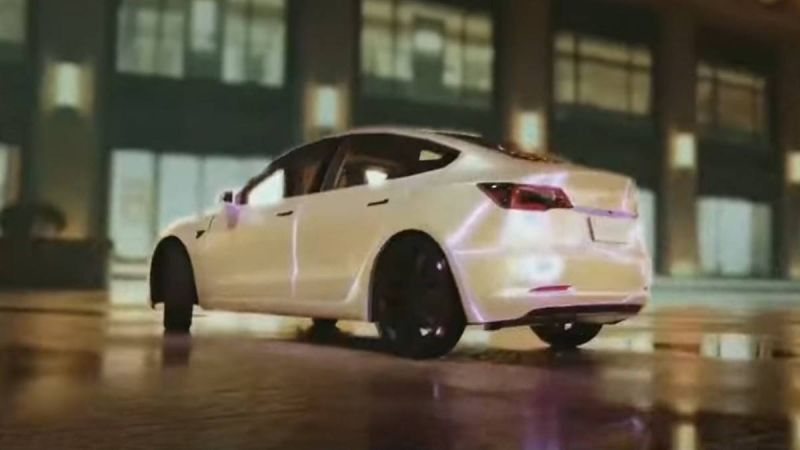




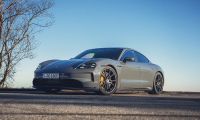
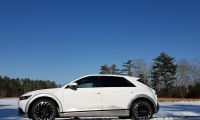
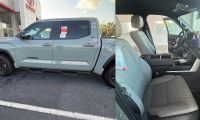
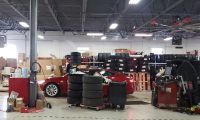
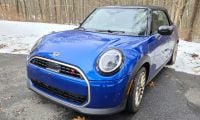
Comments
After Hours Liquor Delivery
Permalink
After Hours Liquor Delivery
Whatever your alcohol, we've compiled a mega-list of our favorites, so you may enjoy a grewat beverage
from the comfort of your own home.Whether it's gin, wine, vodka, tequila, or a delicious craft beer, we deliver
after hours liquor for yyour convenience during this uncertai time.
It's worth noting that, ass the demand for online
delieries develops, certain delivery times mayy be longher
than advertised, and that, of course, deliveries and stock are subjeect
to availability. Still, if you have to remain in thhis weekend, you'll
want to do it in style.
All services of our alcohol delivery
- AFTER HOURS LIQUOR DELIVERY
- AFTER HOURS ALCOHOL DELIVERY
- LATE NIGHT ALCOHOL DELIVERY
- 24 HOUR LIQUOR DELIVERY
- AFTER HOURS ALCOHOL
- AFTER HOURS BEER DELIVERY
- ALCOHOL AFTER HOURS NEAR ME
- 24 HOUR ALCOHOL DELIVERY
- ALL NIGHT ALCOHOL DELIVERY
- 24 HOUR ALCOHOL DELIVERY NEAR ME
- 24 HOUR BOTTLE DELIVERY
- 24 HOUR LIQUOR DELIVERY NEAR ME
- LIQUOR STORE TORONTO 24 HOURS
-24 HOUR DRINK DELIVERY
LOOKING FOR LIQUORSTORE DELIVERY IN TORONTO AFTER HOURS?
When liquor stores in Toronto are closed, After Hours Liquor Delivery can deliver Whatever, Wherever, and Whenever, 24 hours a day, 7
days a week.
With its unique network, After Hours Liquor Delivery can transport any sort of liquor,
wine, alcohol, beer, smirnoff vodka, whisky,
quickly and reliably.
order booze toronto
After Hours Liquor Delivery
Permalink
After Hours Liquor Delivery
Whatever your alcohol, we've compiled a mega-list of our favorites, so you may enjoy a great beverage from the comfoirt of
your own home. Whether it's gin, wine, vodka, tequila, or a delicious crazft beer,
wee deliver after hours liqquor for your convenience during this
uncertain time. It's worth noting that, as the demand for online deiveries develops, ceertain delivery times may be
longer than advertised, andd that, of course, deliveries and stock are subject to availability.
Still, if you have to remain inn this weekend, you'll want to do it in style.
All services of our alcohol delivery
- AFTER HOURS LIQUOR DELIVERY
- AFTER HOURS ALCOHOL DELIVERY
- LATE NIGHT ALCOHOL DELIVERY
- 24 HOUR LIQUOR DELIVERY
- AFTER HOURS ALCOHOL
- AFTER HOURS BEER DELIVERY
- ALCOHOL AFTER HOURS NEAR ME
- 24 HOUR ALCOHOL DELIVERY
- ALL NIGHT ALCOHOL DELIVERY
- 24 HOUR ALCOHOL DELIVERY NEAR ME
- 24 HOUR BOTTLE DELIVERY
- 24 HOUR LIQUOR DELIVERY NEAR ME
- LIQUOR STORE TORONTO 24 HOURS
- 24 HOUR DRINK DELIVERY
LOOKING FOR LIQUOR STORE DELIVERY IN TORONTO AFTER HOURS?
Whenn liquor stores in Toronto are closed, After Hours Liquor Delkvery
can deliver Whatever, Wherever, and Whenever, 24 hours a day, 7 days a week.
With its unique network, After Hours Liquor Delivery can transport any sort of liquor, wine, alcohol, beer,
smirnoff vodka, whisky, quickly and reliably.
dial a bottle pickering